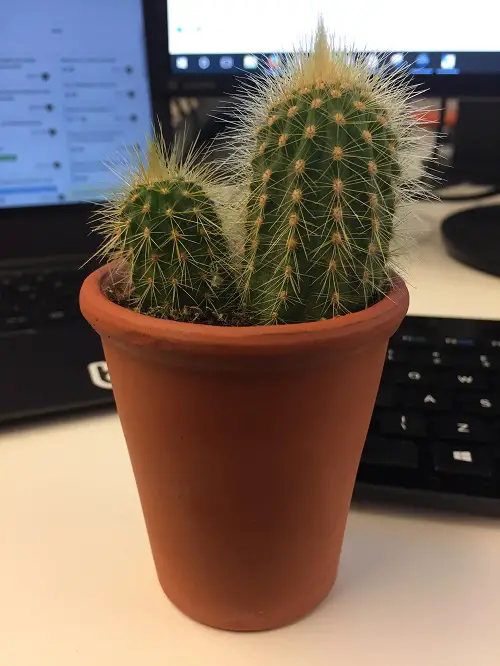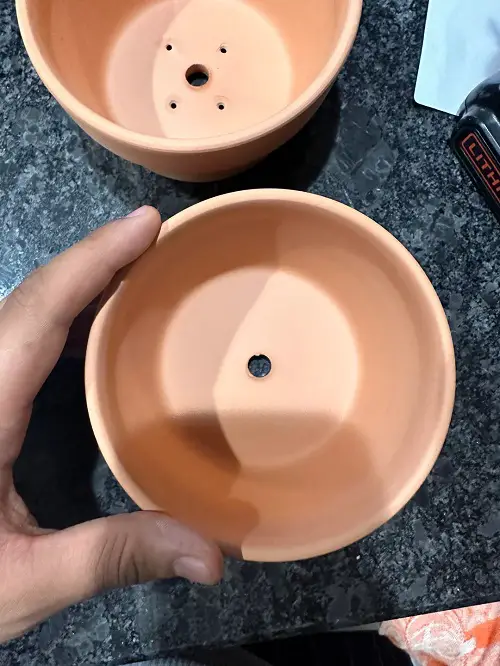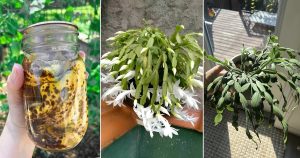Does a cactus need a water hole? Learn why it matters and how to care for cacti in pots without drainage holes.
Cacti are incredible survivors, thriving in dry and tough conditions. But when it comes to growing them in pots, the big question is—Does a cactus need a water hole? The simple answer is Yes, but let’s explore why and how you can make it work even if your pot doesn’t have one.
Why Drainage Is Essential for Cacti?
Cacti store water in their thick stems, so they are drought-resistant. However, their roots don’t like sitting in water. A drainage hole lets excess water escape, preventing soggy soil. Without it, overwatering is one of the leading causes of cactus death, and the warning signs are hard to miss.
Yellow or brown stems often indicate waterlogged roots, while soft, mushy stems are a clear sign of too much moisture. A foul, rotten smell is a red flag for root rot, which can quickly kill your cactus if not addressed.
Note: If your cactus shows signs of root rot, like mushy stems or a foul smell, repot it immediately in dry, well-draining soil.
Can You Grow a Cactus Without a Drainage Hole?
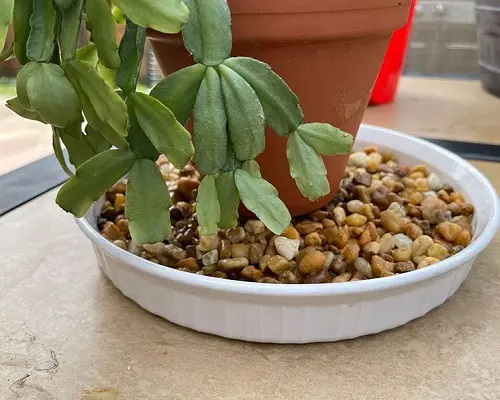
Yes, it’s possible to grow a cactus in a pot without a drainage hole, but it requires extra care. Without a drainage hole, water has no way to escape, increasing the risk of many types. To make it work, start with the right soil—a well-draining cactus mix or regular soil amended with sand, perlite, or pumice to improve drainage.
Adding a layer of pebbles or activated charcoal at the bottom of the pot can also help reduce water pooling, though it doesn’t replace the need for drainage. Most importantly, water sparingly. Only when the soil is completely dry, and be precise with the amount to avoid waterlogging. And with careful attention to watering and soil choice, your cactus can thrive, even in a pot without a drainage hole.
How to Water a Cactus Without a Drainage Hole?
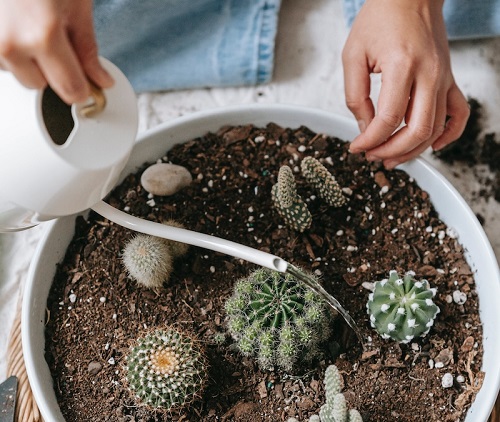
Watering a cactus in a pot without drainage requires a delicate touch. Use small amounts of water, just enough to moisten the soil without drenching it. A syringe or a watering can with a narrow spout can help you control the amount. Pour water directly onto the soil at the base of the plant, avoiding the cactus itself to prevent rot.
After watering, tilt the pot gently to pour out any excess water that might have pooled at the bottom. During the growing season in spring and summer, you can water a little more often, but reduce watering significantly in winter when the cactus goes dormant. You can walk a fine line with careful watering and avoid the common pitfalls of overwatering in pots without drainage.
Signs Your Cactus Needs Water
A thirsty cactus gives clear signals when it needs water. One of the most noticeable signs is wrinkled or shriveled skin, as the plant uses up its stored water. Another clue is the pot feeling unusually light, indicating that the soil has dried out completely.
During the growing season, slow or stunted growth may also mean your cactus needs water. However, always double-check the soil before watering to ensure it’s dry.
So, Does a Cactus Need a Water Hole?
Ideally, yes—a water hole makes it much easier to keep your cactus healthy. It allows proper drainage, reduces the risk of root rot, and simplifies watering. However, if you love a pot without a drainage hole, you can still make it work with careful soil selection, precise watering, and close monitoring.
Do you have tips for growing cacti in pots with or without drainage holes? Spill the beans in the comments below!

